On the eleven hour flight from San Francisco to Narita, I got deep into reading The Story of Sushi, a narrative of a sushi school in California interspersed with the science of fish and the history of sushi as it developed in Japan. A good deal of the book focuses on Tokyo’s famed Tsukiji fish market, the biggest wholesale fish and seafood market in the world. Ever since learning about the market on Anthony Bourdain’s “A Cook’s Tour,” I’d been wanting to visit.
Melody and I woke up at five in the morning to get on the train to Tsukiji, which was too late to view the daily tuna auction, but early enough that the jonai shijo, or inner market, was still bustling.
I remain convinced that every type of seafood on earth was on sale at this market. Vendors displayed gorgeous, deep red chunks of tuna, glistening black and orange caviar, all kinds of seaweed, and shellfish galore. Tsukiji spans the size of 43 football fields, and after a couple hours of exploring the market, we had only scratched the surface. It was unlike anything I’ve ever seen.
Back on the train, I mapped out the best route to get to Senso-ji, an ancient Buddhist temple in Tokyo’s Asakusa district. Built in 645, it was destroyed in the air raids of World War II, like so many of Tokyo’s historical structures. It was later rebuilt and is now a symbol of rebirth and peace.
The temple’s entrance is the Kaminarimon or “Thunder Gate.” This imposing structure features a massive paper lantern dramatically painted in red and black to represent thunderclouds and lightning. Beyond the Kaminarimon is Nakamise-dori, a long street lined with shops, followed by the Hozomon, or “Treasure House Gate,” which is the entrance to the inner complex. Within that gate is a huge five-story pagoda and the main hall. It was easy to get lost here because of its sheer size.
Melody and I were famished after exploring Senso-ji, so we stopped at Ueno Station for a quick lunch of udon noodles. If there’s one thing I learned in Japan, it’s that Japanese train stations boast incredibly good dining options. If only we had the same in the United States.
The udon restaurant offered about twenty different kinds of udon soup, and I went for the fried tofu udon with a side of squash and shredded onion tempoura.
Back in Shinjuku, we explored the huge Takashiyama Times Square, which to my delight, included a multi-story Kinokuniya store. So many Japanese cookbooks! Before heading back to our hotel, we picked up some gyoza and sushi from Takashiyama’s food court.
The gyoza was crispy and full of oniony flavor, and the sushi was ridiculously fresh, especially the scallop nigiri.
Before calling it a night, Melody and I decided to visit a local izakaya, or Japanese-style bar. We settled on Ice, a tiny but busy izakaya where the hosts didn’t speak a word of English, the menus were entirely in Japanese, and we happily got by with a combination of pointing and pantomime. We devoured a spicy dish of konnyaku and bamboo shoots with our Asahi beers.
I know a lot of people aren’t crazy about konnyaku for its textural feel, but this was one of the best konnyaku dishes I’ve ever had. Slightly browned on the outside, the chewy konnyaku had fully absorbed the dish’s spicy heat.
Back at our hotel, we packed our bags in preparation for the next leg of our trip: Kyoto. The next morning would be an early one, and we needed rest to catch our bullet train on time.

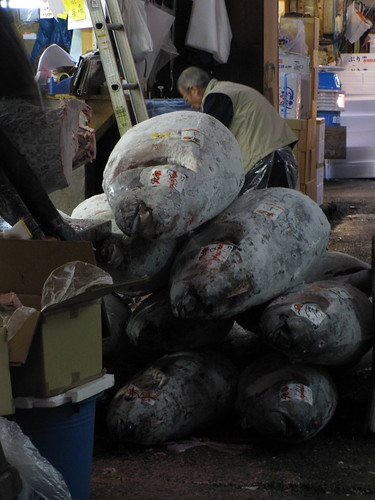
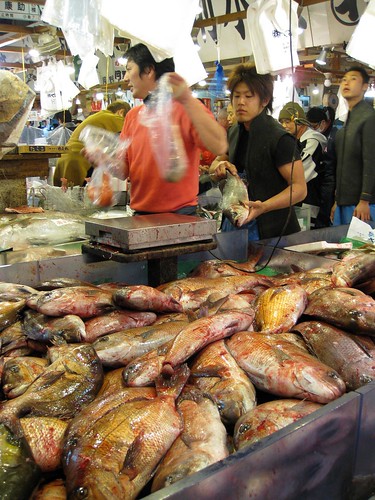

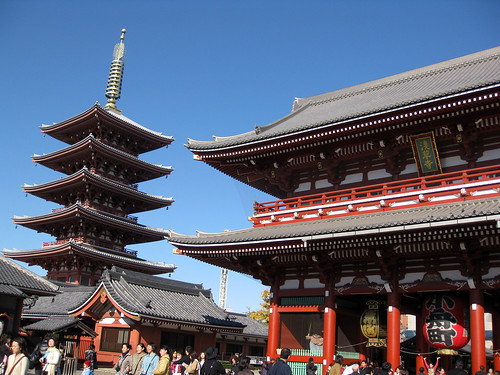

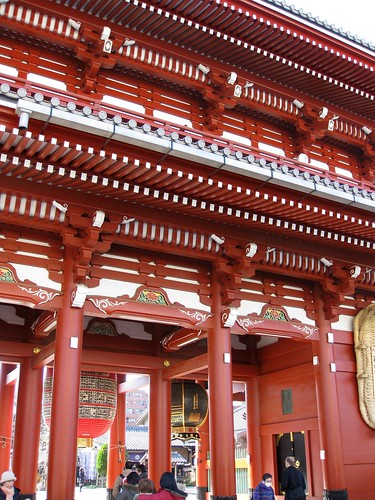
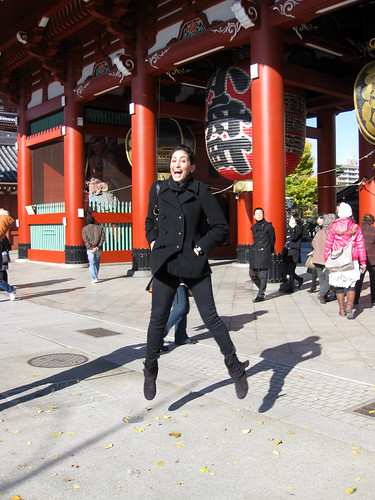
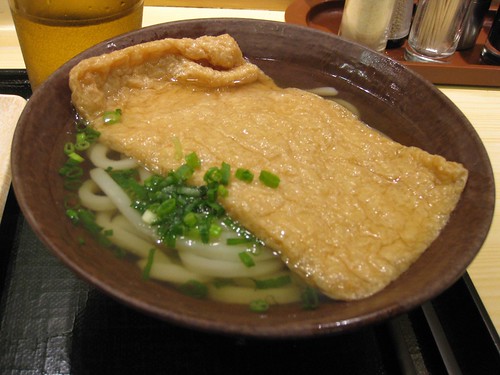
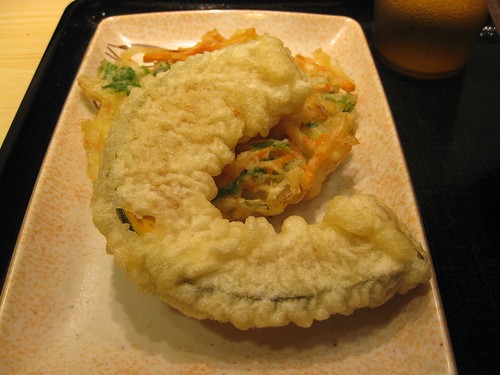
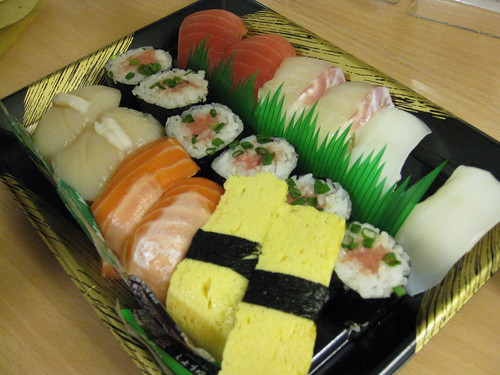
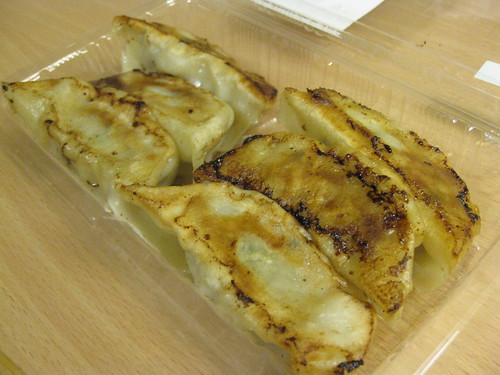
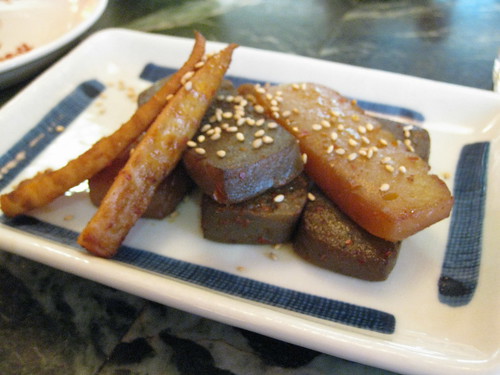
Those chunks of tuna look amazing. Tsukiji is one of the many places I want to see some day. The amount of seafood that runs through that place everyday is insane!
It was incredible! Dude, that market goes on and on – I couldn’t even see the end in sight two hours into it.
i am so jealous !